You are correct that hip dysplasia is a concern in many dog breeds including Chesapeake Bay Retrievers. Responsible breeders often utilize tests to assess and screen their breeding stock for hereditary diseases to minimize the risk of passing them on to offspring. Providing health information about the parents is crucial when considering obtaining a Chesapeake Bay Retriever puppy. In addition to hip dysplasia, it's important to note that there may be other hereditary diseases or conditions that can affect the breed. Responsible breeders aim to identify and address these issues through health testing and selective breeding practices. Regular ear checks are recommended to detect and prevent potential infections in Chesapeake’s or any other breed. Just like with all dogs, dental care is essential, and brushing their teeth with dog-specific toothpaste is a recommended part of their oral hygiene routine. By ensuring the health information is available and taking care of routine check-ups and preventive measures, Chesapeake Bay Retriever owners can help keep their dogs in good health and minimize the risk of hereditary conditions. Health Assessment Recommendations from the Breed's National Association:
|
Chesapeake Bay Retriever
ATTRIBUTES: Bright, Affectionate, Sensitive
GROUP: Sporting Group
ACIVITY LEVEL: Energetic
BARKING LEVEL: Medium
COAT TYPE: Wiry, Wavy
COAT LENGTH: Medium
SHADDING: Regularly
SIZE: Large
TRAINABILITY: Agreeable
CHARACTERISTIC: Best Guard Dogs, Largest Dog Breeds
Breed Overview

Ancestry
Newfoundland Dog

Origin
United States

Registration
1878
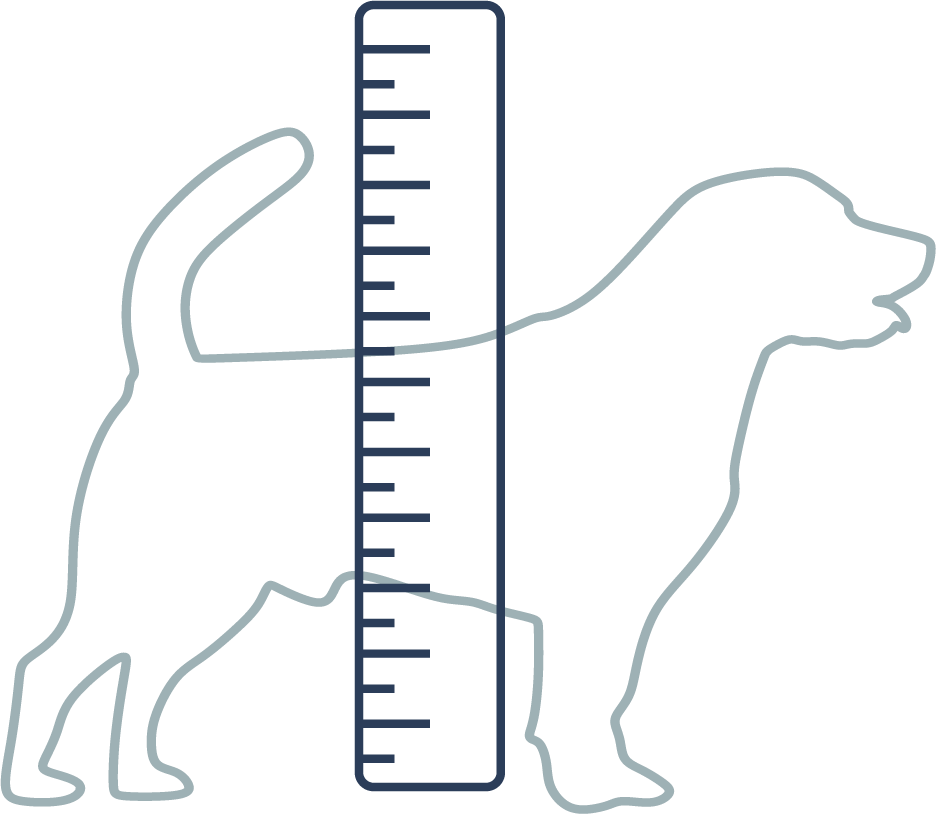
Size
23 - 26 Inches (Male)
21 - 24 Inches (Female)

Weight
65 - 80 Pounds (Male)
55 - 70 Pounds (Female)

Expected Life
10 - 13 Years
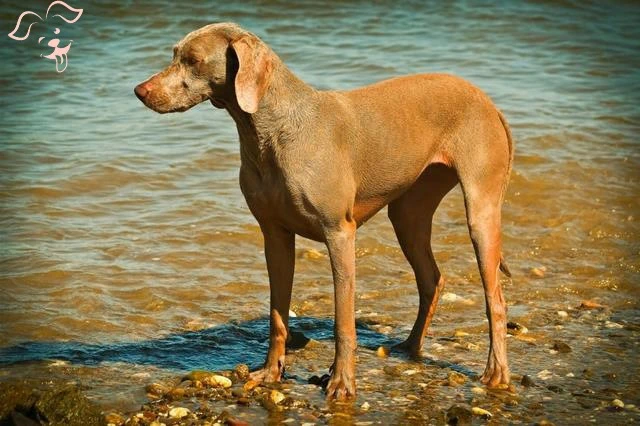
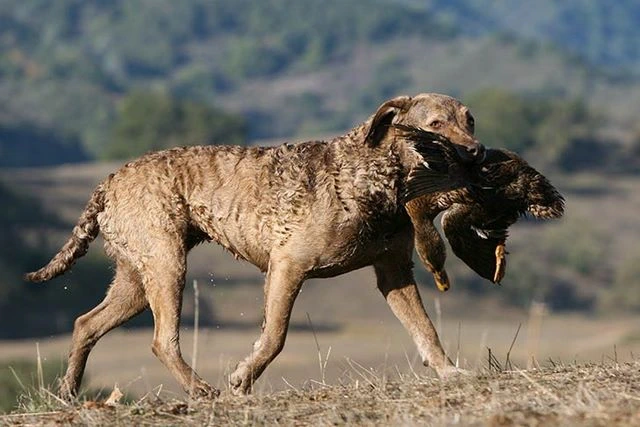
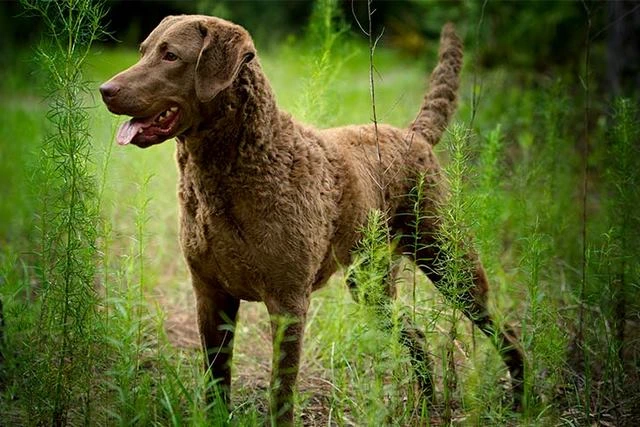
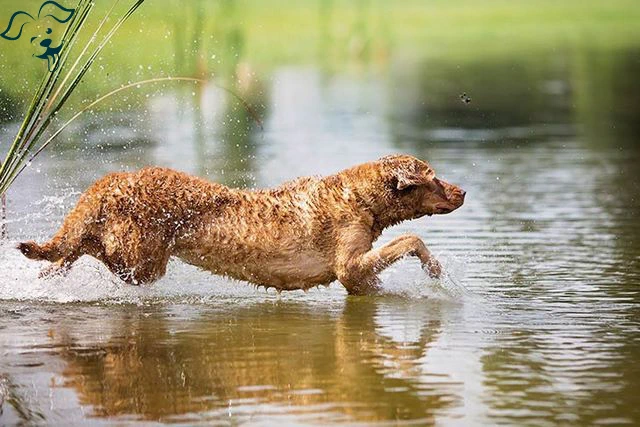






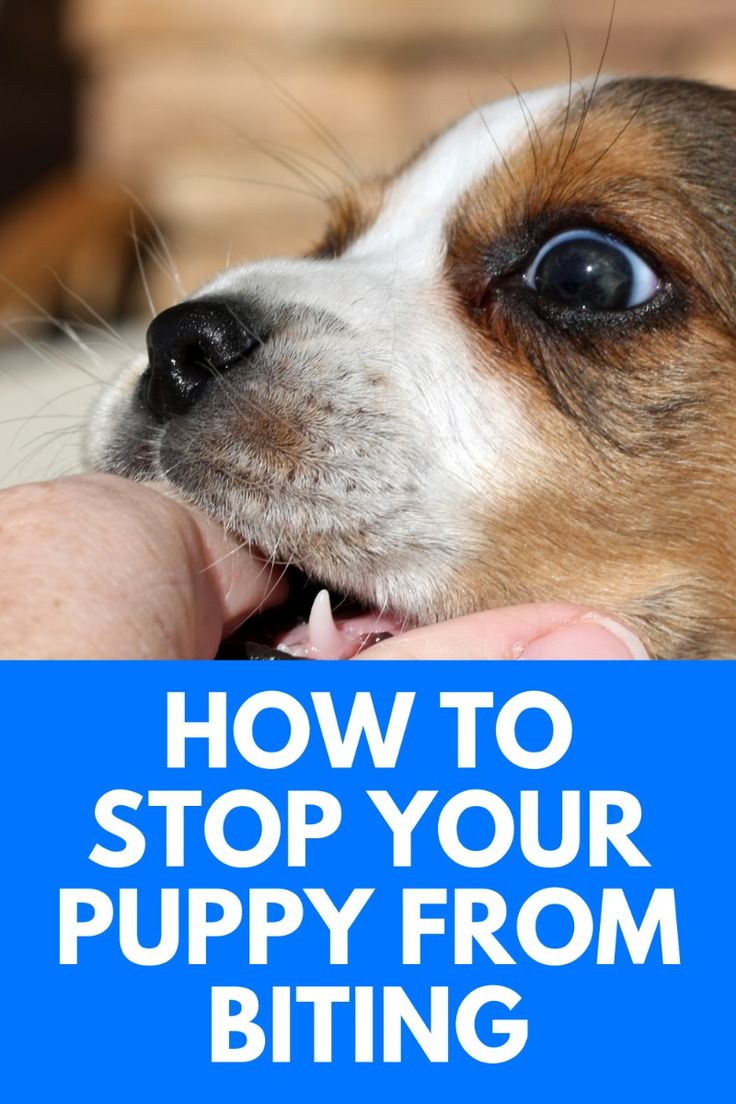


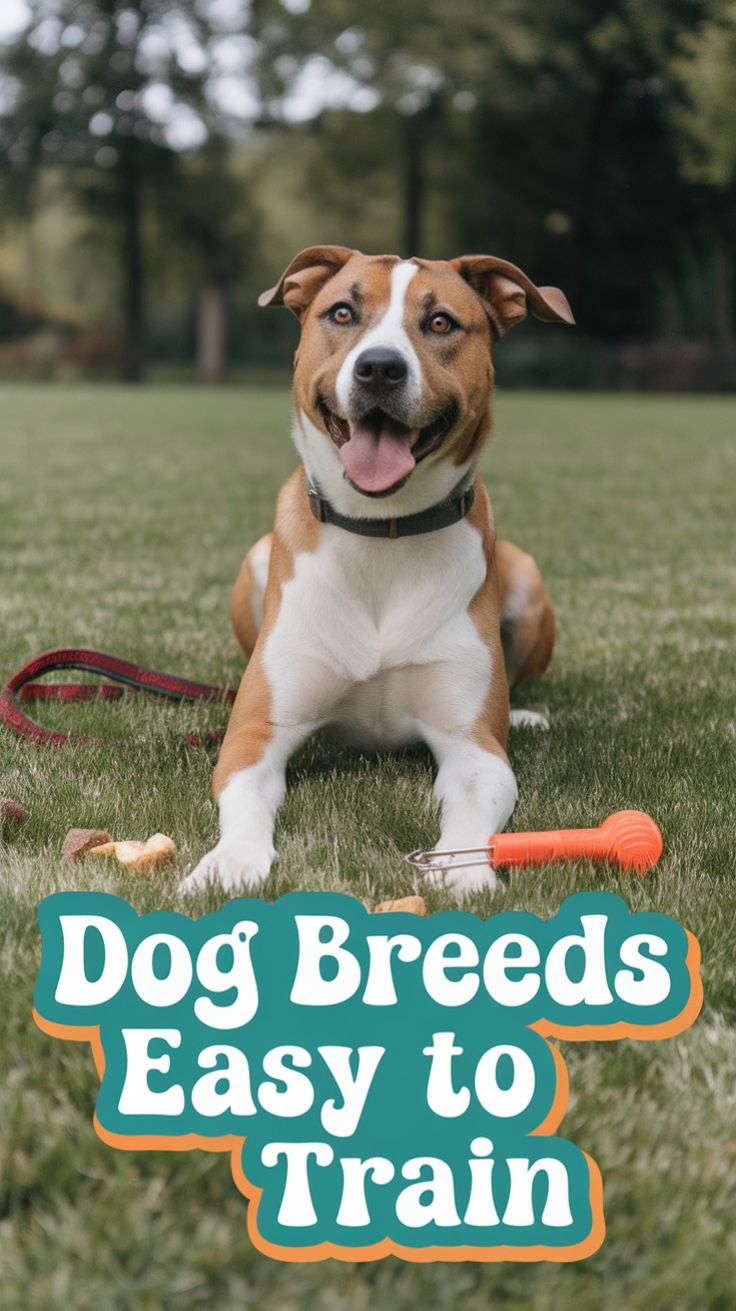
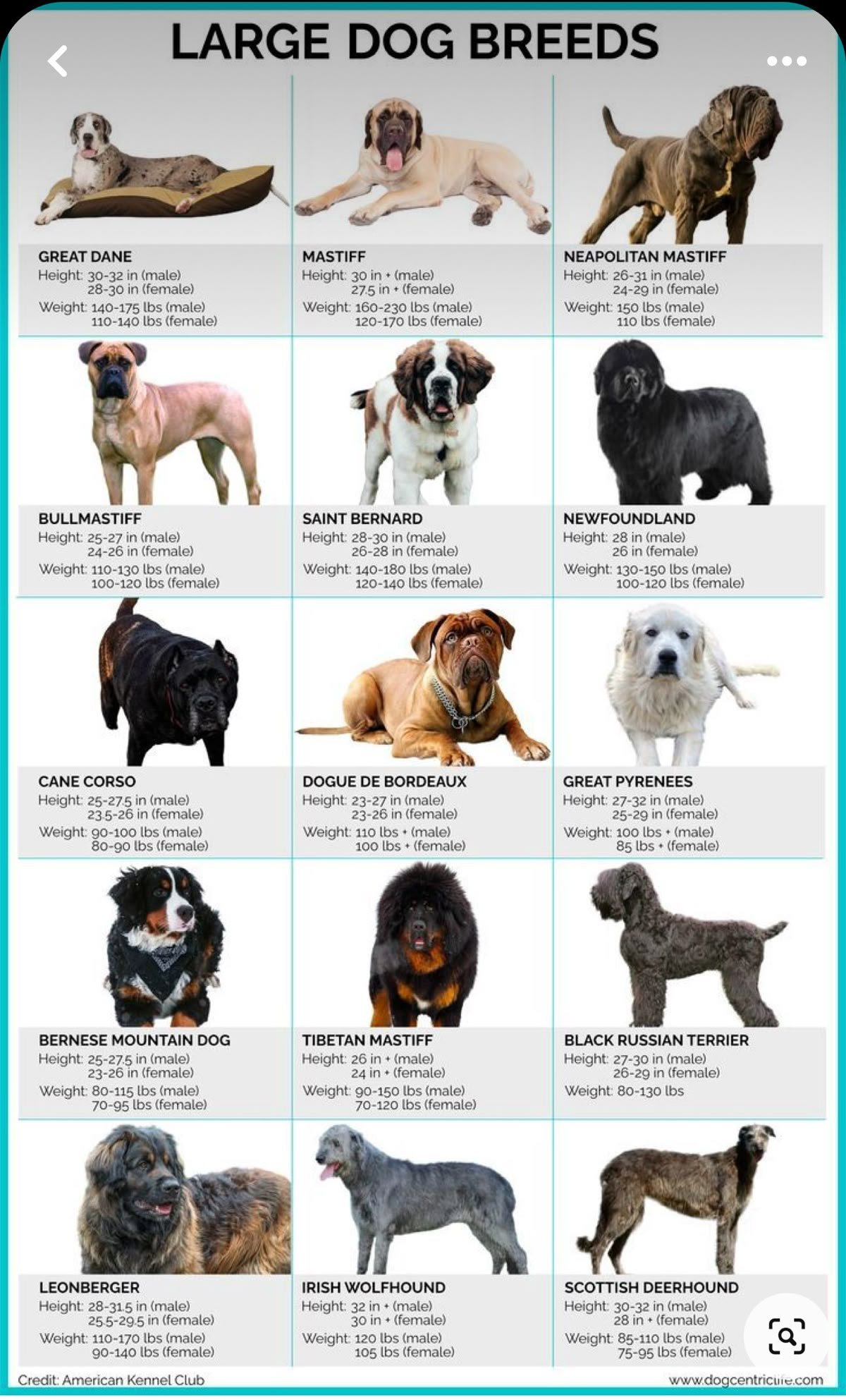






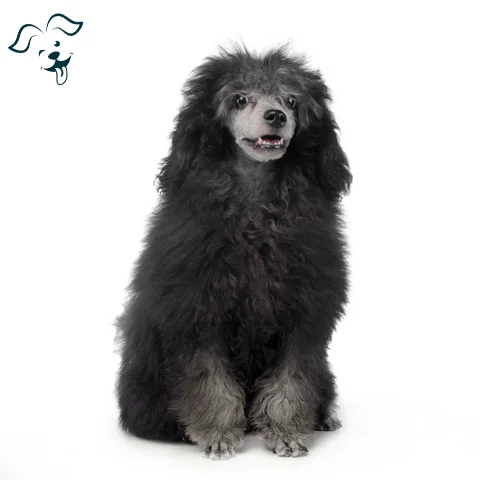


FRIENDLINESS
LIVELINESS
VIGILANCE INTENSITY
ADAPTATION CAPACITY